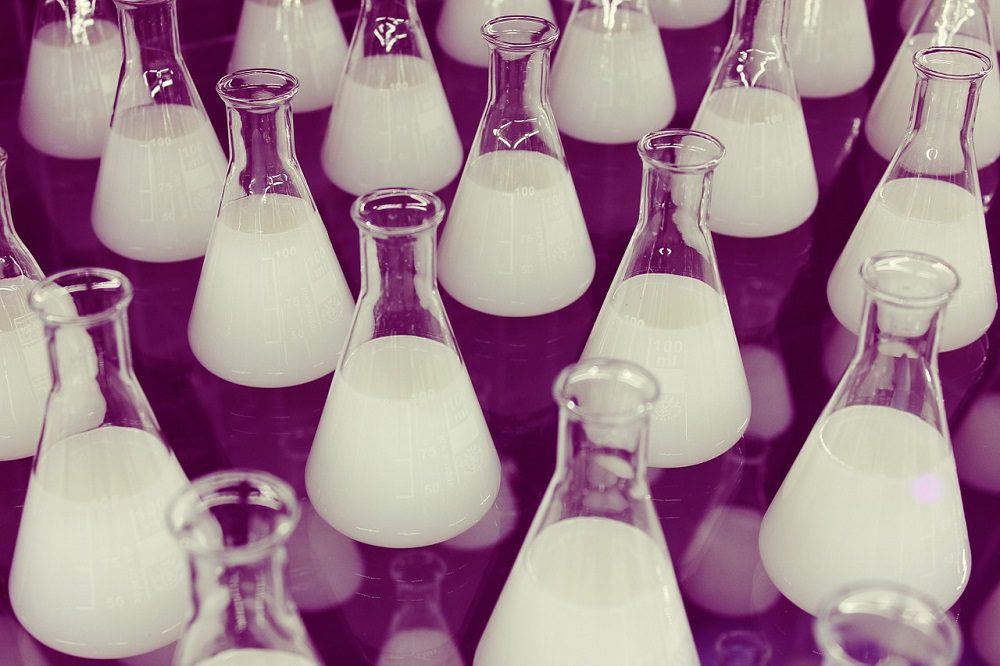Laboratory reactor is a device basedon a metal frame on which a reaction vessel is installed, as well as other accessories and components, the set of which may vary depending on the experimental conditions.
The main thing in the device is the reaction flask, in which the chemical reaction takes place. The vessel is made of materials that are resistant to aggressive environments. Most often it is borosilicate glass, stainless steel; there are plastic vessels, Teflon ones are especially popular.
The containers are produced in different shapes, but most often they are:
? Cylindrical or round;
? have a drain hole at the bottom;
? are closed from above with a lid. Lids for such vessels are produced with several outlets for connecting equipment.
Design principle
Laboratory reactors are designed and assembled in a modular fashion so that they can be assembled in accordance with the tasks. For example, glass and Teflon vessels are used when the material cannot interact with metals.
Reactors operating at high pressure are equipped with metal flasks, and they are also often installed in explosion-proof systems. Metal is still stronger than even the most durable glass, therefore it is safer when working with explosive mixtures and with strong pressure drops.
Flask features
Laboratory devices are usually equipped with glass vessels – the transparency of the material allows you to monitor the progress of the reaction. Glass containers should:
? have high strength;
? be thermally resistant;
? resist thermal shock.
Laboratory borosilicate glass meets these requirements. To increase the mechanical resistance, the vessels are made thick-walled, and they undergo multi-stage hardening to relieve mechanical stress.
A classic chemical reactor for laboratories has a tank with a drain at the bottom and a jacket. The jacket is needed to heat or cool the vessel; a coolant circulates inside it. There are flasks with two jackets, they are also called three-walled. This design is used for processes at very subzero temperatures, it prevents the formation of frost. Also used in very high temperature applications to reduce heat loss and protect against burns.
Application
Reactors with a glass reaction flask are most often used in:
? food;
? pharmaceutical;
? biological;
? paint and varnish;
? polymer industries.
Of course, they are irreplaceable in chemistry and biochemistry due to the high chemical and thermal resistance of glass and transparency.
Metal devices, usually stainless steel, are commonly used for reactions such as hydrogenation, carbonylation, and the like.
Reactor laboratory systems (pilot plants)
After the completion of the product development orprocess technology, a series of tests is carried out. First it is testing in a laboratory environment, also called pilot testing, and only then does production begin.
Usually, by the time of pilot testing, the technology has been tested in a research laboratory or designed only on paper or in a computer program. This means that many of the real parameters are unknown. The main purpose of laboratories for pilot tests and reactor plant systems in them is testing samples, developing and testing processes for pilot industrial or batch production.
Description
A technologist, having received a technique from a developer, must have at his disposal a flexible device. Often, the installation is a complete reactor system with the ability to connect evaporators, a pH meter, stirring elements, dispersion nozzles, temperature sensors and more.
Pilot reactors are equipped with instrumentation and have several sampling points, where they measure:
? flow directions;
? product purity;
? the amount of technological waste.
The reactor system has, as a rule, the following qualities:
? the volume of the vessel is usually in the range from 1 to 200 liters, depending on the task and scale of the laboratory;
? the material of the reaction vessel is borosilicate glass;
? cylindrical shape of the reaction vessel;
? operating temperatures ranging from -60 to +180 ??;
? availability of a mixer or the ability to connect it.
The most significant parameter for unworked processes is the chemical resistance of the materials interacting with the test sample. Borosilicate glass is the most suitable option. It is resistant to most reagents, including aggressive ones. Transparent, so a chemical technologist can observe the process and influence it by correcting or stopping it in time.
Borosilicate glass is known not only for its transparency but also for its strength. However, the pressure in such installations is limited – usually from full vacuum to a maximum value of 0.5 bar (glass remains glass and can burst at higher pressure). To protect against explosion, the electrical parts of the reactors: the control panel, the stirrer motor and the electrical equipment, are protected with special covers.
What are they used for?
First of all, for the development of production technology; to find ways to speed up, simplify, make it cheaper. Usually, in industrial production, raw materials are no longer as high purity as were used in laboratory studies. Therefore, one of the goals of the tests is to make adjustments to the quality requirements for the raw materials and materials used, since this can significantly affect the process.
The reactor plant system can produce enough product for testing and pilot operation for customers. Thus, they conduct pilot tests, and at the same time begin to offer customers a new product.
Stalwart International, One of the best Chemical reactor manufacturers in Bengaluru

As the editor of the blog, She curate insightful content that sparks curiosity and fosters learning. With a passion for storytelling and a keen eye for detail, she strive to bring diverse perspectives and engaging narratives to readers, ensuring every piece informs, inspires, and enriches.










